Hair is important to us. Why else would we spend so much time and effort in front of the mirror getting the perfect part or successful swoop? We take pride in our hair, but we also take it for granted. So what do you do when you start to notice your hair changing? Don’t freak out, that’s what. Changes in your hair are completely normal, especially when you get into your 40s. Hair, in many ways, is a reflection of what’s going on inside our bodies, and as we age, it goes through transitions just like everything else. But that doesn’t mean you can’t do anything about it.
What Happens To Your Hair In Your 40s?
As we get older, the hormones in our bodies change and for men in particular, testosterone levels begin to decrease. The fluctuations in testosterone “impacts the way our body functions and are ultimately going to impact the hair,” says trichologist Bridgette Hall. One impact is a decrease in blood flow to the scalp, she says, which could make it more dry and flaky.
Dry scalp and hair can also be linked to age-related decrease of oils on the scalp, says dermatologist Dhaval Bhanusali, M.D. This and other signs, like the appearance of gray hairs, may start as early as your 30s, but “get much more robust as you get into your 40s,” he says. But the most common issue among men as they reach their 40s is thinning hair. While it’s true that two thirds of men report some hair loss by the time they are 35 years old, this percentage increases with age as well. “Even if you don’t have true hair loss, people start noticing their hairline receding a little bit or weakening,” says Bhanusali. “Even those with the best hair genes can start seeing a little bit of thinning.”
There’s A Difference Between Thinning and Going Bald
Overwhelmingly, the most common complaint among men in their 40s is that their hair is thinning, says Dr. Bhanusali. This natural thinning is because as we get older, the life cycle of our hair slows down and the shedding phase becomes prolonged while the growth phase gets shortened. But just because you notice your hair thinning, does not mean you’re going bald. Thinning and balding are different.
There are a variety of reasons why someone might start losing their hair: age, genetics, diet, medication, stress. There’s even been a recent uptick in hair loss linked to COVID-19 related stress. Thinning from stress or diet is not the same as Male Pattern Baldness (which is largely genetic). “There are certain things we look for in Male Pattern Baldness,” says Dr. Bhanusali, “like loss on the temple areas, frontal scalp and on the crown of the head.” There is also the speed and amount of shedding to take into consideration and one of the best ways to understand what is going on (and how to deal with it) is to pay attention to how fast the thinning is happening. “You’re going to have some thinning regardless, that’s normal, but if you’re starting to see acceleration,” Dr. Bhanusali recommends getting diagnosed by a professional.
10 Hair Tips for Men Over 40
Regardless of what your hair care routine was like before, when you start noticing changes to your hair in your 40s, making some small changes can make a big difference. Targeting the specific changes is most important, especially when it comes to thinning. “It’s less about age and more about how advanced it is,” says Dr. Bhanusali. “It’s much easier to maintain hair than it is to bring hair back or regrow it.” The first step is being aware of what is happening on your head and the next steps could be one of these.
1. Switch Your Shampoo
Once you start seeing changes in your hair, especially if you notice dryness or flaking on your scalp, one of the first things you can do is switch your shampoo. Tackling dry scalp and flaking not only will make you more comfortable and get rid of those telltale flakes on your shoulders, but it could help control hair loss as well, says Dr. Bhanusali. “Shampoos like Head & Shoulders do a great job [at controlling flakes],” he says, as well as shampoos containing ketoconazole which can be available by prescription or over the counter (like Nizoral Anti-Dandruff Shampoo). The shampoo itself isn’t going to directly impact hair loss, he warns, but making sure your scalp is in the best possible shape can be an important part of hair loss treatment.
How often you shampoo could have an effect as well, especially where dryness is concerned. “Cut back on putting detergent on the hair,” advises Hall, since harsh detergents found in some shampoos might cleanse the scalp well, but could leave dry hair feeling even dryer. She recommends cutting down shampooing from every day to every few days or using a hair rinse that can cleanse the scalp without overdrying the hair itself.
2. Don’t Skip Hair Conditioner
Moisture is essential for keeping all types of hair looking its best, and as the natural oils from your scalp decline, it becomes all the more important. “If you’re going to shampoo, you must condition,” warns Hall. Using a conditioner after you shampoo, and sometimes even on days you don’t shampoo, can help replenish the lost oils and keep hair healthy. “Try to do it at the beginning of the shower and leave it in, so it’s the last thing you rinse out,” she says, “or if you want to do a deeper treatment, sleep in it and rinse it out in the morning.” What kind of conditioner you use can make all the difference as well. Fine or thinner hair still benefits from moisture, but requires a light weight conditioner that won’t weigh it down like Kristin Ess Fragrance Free Conditioner; thick or course hair should use a thicker one like Frederick Benjamin Invigorating Moisturizer Conditioner . A good rule of thumb, says Hall, is “the finer the hair, the more water-based the product should be.”
3. Take Care of Your Scalp
“Your scalp is like fertilizer,” says Dr. Bhanusali. “You want to keep that fertilizer healthy so you’ll have healthier and happier hair.” One way to do this is to use a regular scalp cleanser. A scalp cleanser can help remove buildup from dead cells or styling products that can make it more difficult for hair to grow and contribute to more flaking or dryness. “Neutrogena T-Sal shampoo contains salicylic acid which helps digest some of the dead skin,” he says. Use a scalp cleanser once a week or so to make sure your scalp is primed and balanced.
Another benefit of using a scalp treatment could be the act of massaging it into your scalp, which helps with circulation, according to Hall. “You’re getting blood flow to the tissue so it’s becoming more activated and nourishing the scalp more,” she says. A pre-shampoo scalp treatment like Rene Furterer Complexe 5 Scalp Treatment not only exfoliates and stimulates the scalp, but also helps balance the microbiome without stripping it away (like some harsh detergents can).
4. Use A Regular Hair Treatment
When hair starts naturally thinning with age (and it’s not part of a larger issue), it’s because the life cycle of the hair has slowed down. The shedding phase gets longer and the growth phase gets shorter which, along with the miniaturization of the hair follicles, can create overall thinning. To combat this, Hall recommends using a hair treatment regularly. Treatments, like Rene Furterer Triphastic Progressive Concentrated Serum and Groh Stimulating Scalp Serum, “extend the growing phase, which is the goal when the density of the hair is impacted and you’re experiencing any type of thinning. You want to get the shedding under control,” she says.
5. Add Oil Back In If You Need It
If your hair dries out quickly even with regular conditioning, Hall recommends using a deep conditioning mask, like Briogeo Be Gentle Be Kind Avocado + Kiwi Mega Moisture Superfoods Hair Mask, to regularly replenish moisturize and lock in natural oils. (Remember, natural oils in the scalp decrease as we age.) Another option is to use “argan oil or coconut oil every couple of weeks or even once a week [depending on how dry your hair is],” says Dr. Bhanusali. These oils have been shown to be beneficial for hair, but can possibly clog the hair follicles on your scalp leading to breakouts if you use too much, he warns.
6. Start a Hair Loss Prevention Regimen
Whether you’re noticing some general thinning or something more drastic that could be Male Pattern Baldness, Dr. Bhanusali recommends beginning tried-and-true treatments, like minoxidil and finasteride, which have been proven to help curb hair loss. Dermatologists regularly prescribe both medications, whether over the counter options like Rogaine or prescription only options, like Hairstim. The key, according to Dr. Bhanusali, is starting early, but before you take matters into your own hands, you should consult a physician. These medications, while effective, do have the potential for side effects, he warns (in the case of finasteride, these side effects include decreased sex drive, impotence, and depression).
Dr. Bhanusali notes that depending on how aggressive the thinning is, you may not need to use these medications as often as you’d think. If you just want to try to maintain the amount of hair you already have, you may only need to use it every other night or a few times a week. When you speak to your physician about starting a program, they will likely be able to advise you on how often to use them as well.
7. Use New Hair Styling Products
As your hair changes, whether it’s thinning or drying out, the styling products you’ve been using may not work as well. It’s time to switch it up and look for lighter weight products that won’t weigh your hair down with heavy oils or waxes. Thick pomades and gels can actually make thin hair look thinner; instead focus on volumizing products that give a natural hold, says Hall. “Mousse is your best friend because a good mousse is pliable, soft, and fluffy, but still makes hair look like it has substance to it.” Apply a mousse like The Mane Choice Anti-Shedding & Intense Volume Therapy Mousse to damp hair and style it with a blow dryer to shape it. Other water-based volumizing products and texture sprays are ideal for thinning hair, because they can pump up the cuticle to give hair the look of more volume and texture, without needing a heavy cream or wax. Like a mousse, apply a spray like Paul Mitchell Extra-Body Boost Root Spray to damp hair and let it air dry or use a blow dryer.
8. Treat Grey Hair Differently
Generally, most men start to see gray hairs popping up sometime in their 30s, so when they hit their 40s, they “have a good idea of what their grey growth is going to be [like around your temples or salt and pepper all over],” says Hall. Gray hairs are natural and happen because of the deterioration of minerals in our bodies. And depending on how much gray hair you have, it may change how you need to take care of your hair.
Gray hair tends to be more wiry than other hair and it’s more porous—it tends to accumulate outside minerals and pollution more easily. These minerals generally show up as yellow tones in gray hair. The best way to combat that and keep gray hair looking fresh is to use a silver shampoo, like Klorane Anti-Yellowing Shampoo, and a regular deep conditioning mask specifically formulated for gray hair, like Verb Purple Hair Mask, says Hall. “Not only do you get the extra moisturizing agents, but the violet-based pigments cancel out any of those tones that make grey hair not look as vibrant,” she advises. Depending on how much grey you have, you may also want to use a gray-specific styling product, which doesn’t have any dyes that could stain gray hair and is specifically designed to make it look more vibrant. If all of that feels too complicated, there isn’t any shame in camouflaging grays with a dye, either.
9. Supplement Your Hair
Normal changes in hair quality are part of the aging process and happen because of changes inside your body. In some cases, drastic changes in hair, like rapid shedding or thinning, could be a sign of a larger issue. Hall recommends supplementing your diet to include more antioxidant rich and anti-inflammatory foods, and possibly taking a hair supplement. Like any of the things on this list, a supplement isn’t the be-all-end-all of hair care, but could be part of a larger hair routine. To have great hair, “we’ve got to address all the factors of anti-hair growth and the hair cycle and that includes diet,” she says.
10. Visit A Dermatologist
Any time you notice changes in your hair, and before starting a new supplement or over the counter hair loss medication, you should make an appointment with a dermatologist or trichologist. Hair loss could be a symptom of a larger issue like psoriasis, which could have farther-reaching implications, says Dr. Bhanusali, or could be a side effect from a mediation or diet. A dermatologist will be able to assess what’s going on and tell you if it could be connected to a larger issue before advising you on a plan of action.
This content is created and maintained by a third party, and imported onto this page to help users provide their email addresses. You may be able to find more information about this and similar content at piano.io
Bagikan Berita Ini


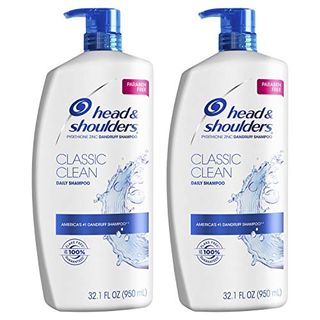
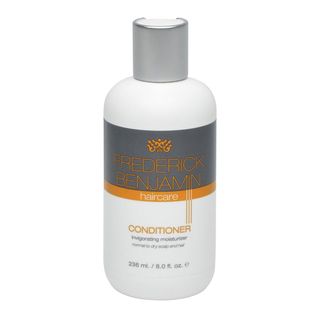
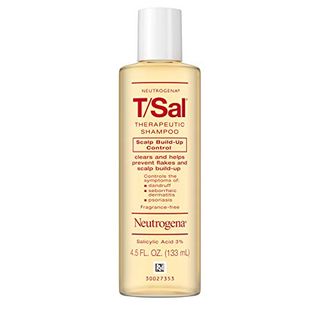
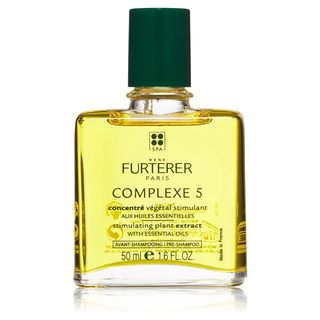
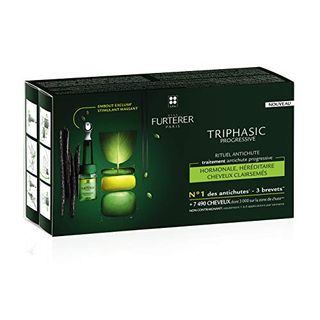
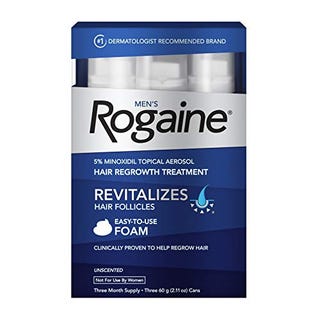
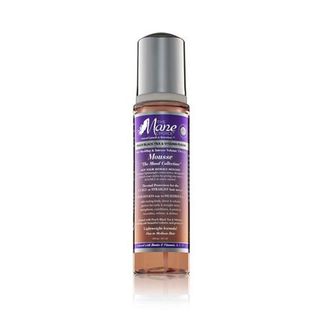
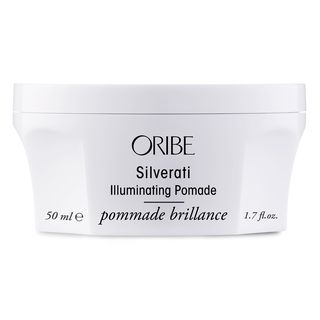















0 Response to "10 Hair Care Tips for Men Over 40 - Healthy Hair Guide - menshealth.com"
Post a Comment